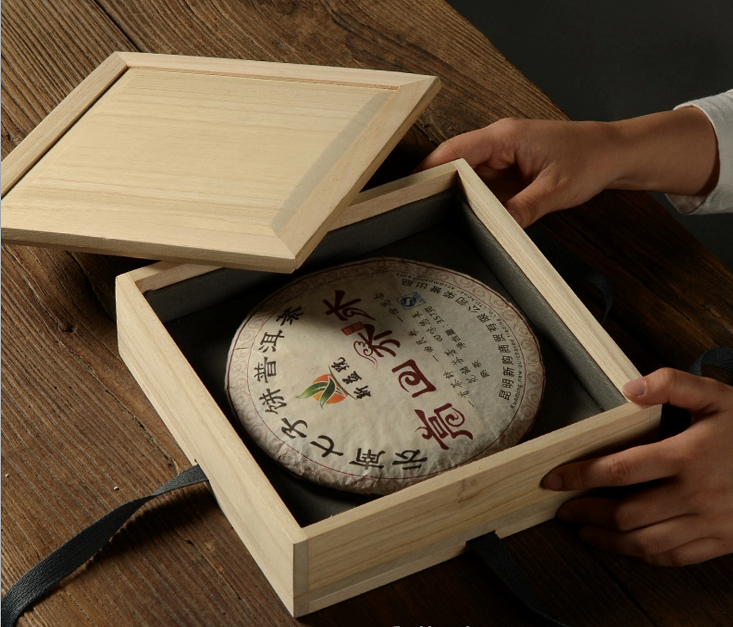Material selection is very important for packaging. The design and production of any packaging must first face material problems. For goods, packaging just like a special coat that can hold goods, protect goods, and beautify goods. All of this must be achieved through the application of materials, so the learning of packaging materials is the top priority for packaging design and production.
What are the right materials to choose? Below are 5 basic rules to follow.
- Effective Protection for Goods
The various properties of the packaging material should be suitable for the packaging function of the product. Among them, protecting the packaged items is the most basic function of the packaging materials. The protection of packaging materials on commodities is mainly reflected in two aspects. First, the protection of mechanical and physical properties, including protection of the display of the goods without damage, prevention of vibration during transportation, collision during loading and unloading, etc.; The second is the protection of chemical properties, such as light resistance, moisture resistance, heat resistance, cold resistance, corrosion resistance and other properties. For example, the protection function requirements of general food products for packaging materials are mainly reflected in moisture, anti-deterioration, anti-deformation, etc.; and the protection function requirements of packaging materials for daily chemical products are mainly reflected in anti-leakage and anti-deterioration. Resistance to extrusion and other aspects. In the choice of materials, the targeted selection should be based on the product attribute requirements of the package contents, and it should not be uniform.
- Safe and Reliable Performance
The safety and reliability of packaging materials performance are mainly reflected in two aspects. First, the safety of content goods, that is, the quality of content goods cannot be affected by the performance problems of packaging materials themselves. For example, food packaging materials should not contain substances harmful to the human body, because once they contaminate food through packaging materials, they indirectly invade human health,so normally custom printed cardboard boxes are good choice for food packaging; second, the safety of packaging users. For example, metal, glass and other materials must focus on ensuring the safety of consumers during use, and there should be no injury to consumers due to materials.
- Easy to process, economical and convenient
Under the same performance conditions, the packaging materials should try to select those varieties that are easy to process and easy to make into various container shapes. To be able to produce on a large scale, it is easy to mechanize and automate packaging operations. The packaging material is suitable for printing and is easy to print and decorate. A large number of applications such as plastic materials have basically replaced the application of glass and ceramic materials in certain commodity fields as a typical example.
At the same time, the choice of packaging materials should be as economical, convenient and practical as possible. Economy means that the use of one or more packaging materials is the lowest, whether it is cost per piece or total cost. Some packaging materials themselves have higher cost prices, but the processing process is simple and the manufacturing process price is low. Therefore, the overall cost is likely to be lower than other materials, so it should be considered in the selection.
The choice of packaging materials should be as rich as possible and easy to obtain. Many packaging materials are suitable from the perspective of applicability, economy, and aesthetics, but they cannot be purchased locally, or the quantity available for selection is insufficient, or cannot be supplied on time. This requires the replacement of another material, especially some delicate, Expensive, rare packaging materials and accessories often appear to be in short supply. Therefore, the principle of convenience must be considered when designing packaging materials.
- Beneficial to Highlight Product Attributes
Under the same performance conditions, the packaging materials should try to select those varieties that are easy to process and easy to make into various container shapes. To be able to produce on a large scale, it is easy to mechanize and automate packaging operations. The packaging material is suitable for printing and is easy to print and decorate. A large number of applications such as plastic materials have basically replaced the application of glass and ceramic materials in certain commodity fields as a typical example.
The packaging is the outer garment of the product. In the selection of materials, the inherent color and texture of the material will have a considerable impact on the appearance of the packaging. Designers should make full use of the aesthetics of the packaging materials themselves, and understand the transparency of the materials, surface gloss, printing adaptability, ink absorption, wear resistance, etc., in order to enhance the visual image of the packaging. Therefore, the most suitable packaging materials are selected to fully demonstrate the attributes of the products, and the language features of the packaging materials are fully applied to the sales process of the products.

- Environmentally friendly materials
With the continuous deepening of the concept of environmental protection, in the design world, green environmental protection and sustainable development have become more and more mainstream design concepts. Packaging materials should also be conducive to environmental protection, and try not to cause secondary pollution to the environment. The used packaging containers and packaging materials should be easy to handle. Therefore, green packaging materials should be selected in packaging design for recycling, reuse, regeneration, biodegradation or reuse.